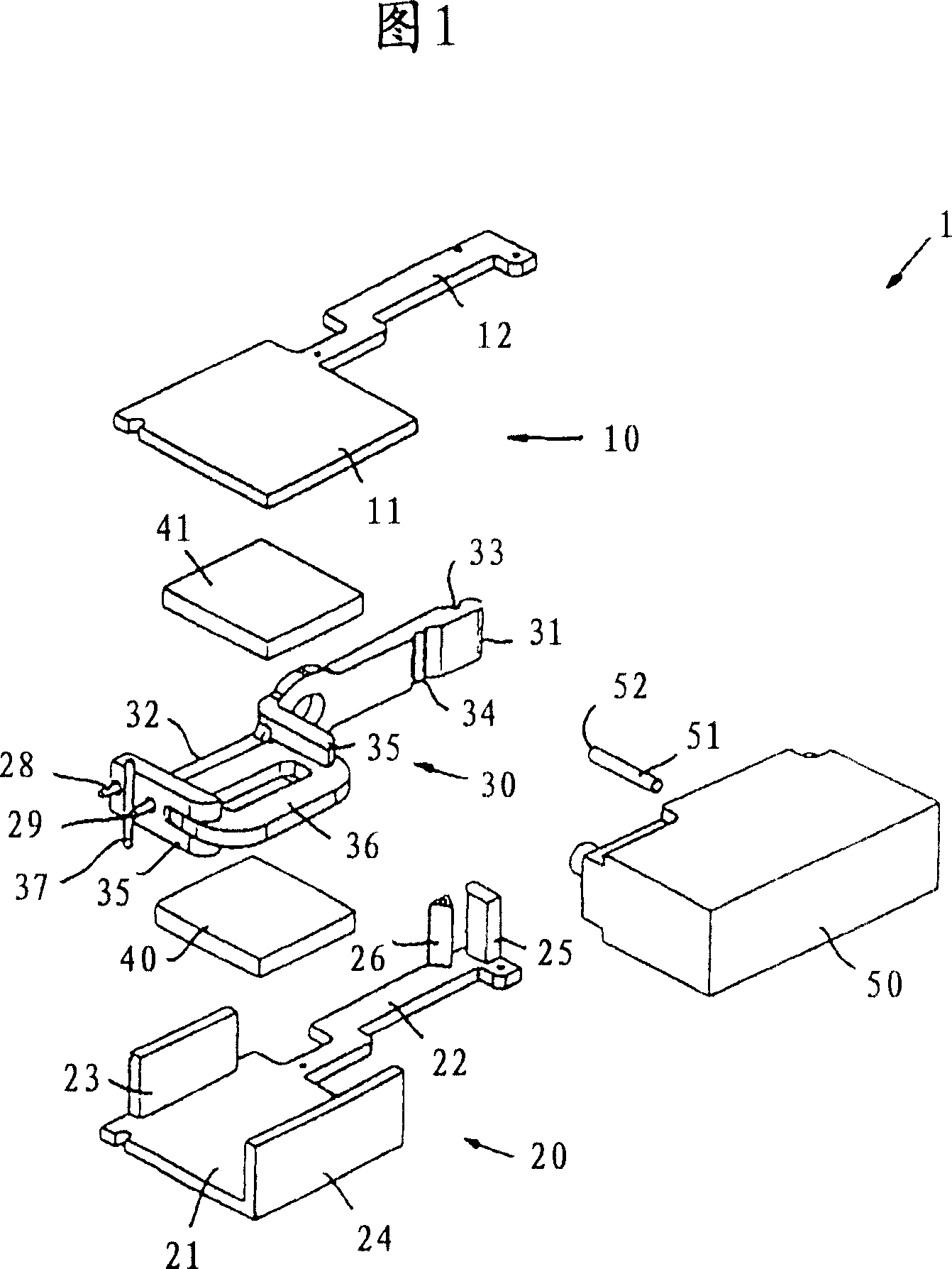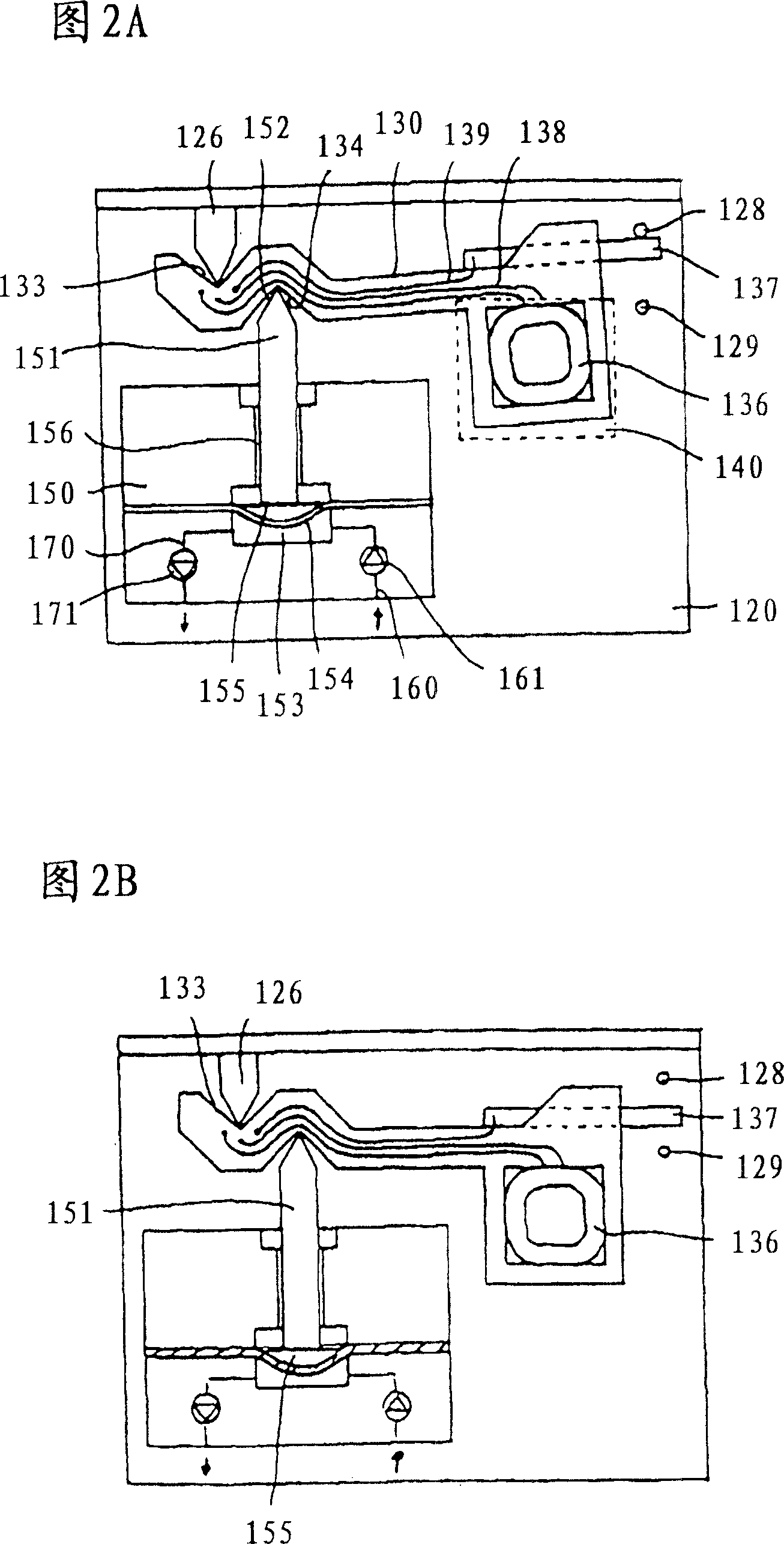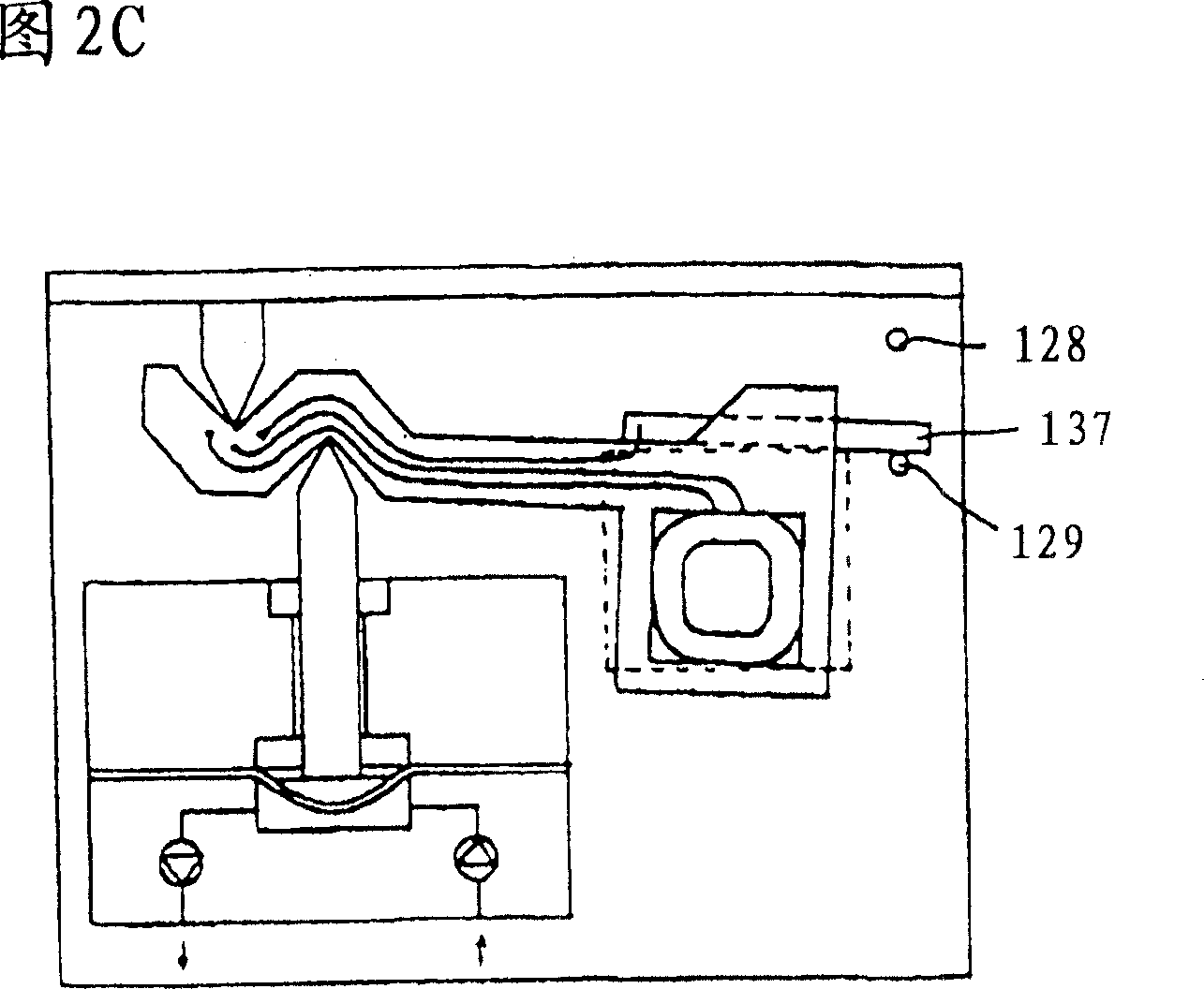Actuator system comprising detector means
A technology for actuating systems and detection devices, applied in the direction of automatic injectors, instruments introduced into the body, infusion sets, etc.
- Summary
- Abstract
- Description
- Claims
- Application Information
AI Technical Summary
Problems solved by technology
Method used
Image
Examples
example 1
[0107] Example 1: Viscous valve
[0108] In order to obtain a very tight valve, the seat surface and the rubber membrane are ground. This causes sticking between the seat and the membrane. This phenomenon is reflected in the duration measurement of the pumping stroke as shown in FIG. 18 .
[0109] At data points #1-15, the freshly assembled dry pump is drawing air. The valve is viscous, which is why the stroke lasts longer. At data point #16, the inlet valve is wetted, which eliminates sticking and a reduction in suction stroke duration can be seen. After a few strokes, the liquid reaches the outlet valve and has a similar effect on the duration of the outlet stroke.
example 2
[0110] Example 2: Startup detection
[0111] Figure 19 shows the duration of a series of output strokes and a series of input strokes. Data #1-5 show the fullness of the tubing connecting the pump to the skin-piercing device, which is in the form of a hollow hypodermic needle. The output stroke is faster than the input stroke because the output stroke is driven by the actuator delivering a large force compared to the input stroke, which is driven by the elasticity of the pump membrane itself. At data point #5, the fluid reached the needle (inner diameter (ID) 0.15 mm, length 40 mm), which exhibited significantly higher fluid resistance than the connecting channel between the pump and needle (inner diameter (ID) 0.50 mm). At this point, a significant increase in the output stroke duration (T-out) can be observed. No change was observed in the input stroke duration (T-in). At data point #7, the needle is completely filled, which is why the output stroke duration stabilizes at...
example 3
[0112] Example 3: Blockage detection
[0113] Figure 20 shows what happens if the inlet or outlet of the pump becomes blocked. Data points #7-11 show the duration of the discharge stroke and suction stroke when the needle of Example 2 was filled with fluid and neither the inlet nor the outlet were blocked. At data point #11, the exit was blocked. On subsequent pumping strokes, the actuator does not reach its bottom stop, or does so with considerable delay. This signal can be used for very rapid and early detection of outlet blockage. At data point #14, the outlet blockage was removed. At data point #16, the inlet was blocked. On subsequent pumping strokes, the actuator does not reach its top stop position. This signal can be used for blockage detection of the pump inlet. The latter can be used to detect that the flexible reservoir is near empty, however, in this case the rise in T-in will be insignificant and only slowly rising, but still sufficient to detect a near empt...
PUM
 Login to View More
Login to View More Abstract
Description
Claims
Application Information
 Login to View More
Login to View More - R&D
- Intellectual Property
- Life Sciences
- Materials
- Tech Scout
- Unparalleled Data Quality
- Higher Quality Content
- 60% Fewer Hallucinations
Browse by: Latest US Patents, China's latest patents, Technical Efficacy Thesaurus, Application Domain, Technology Topic, Popular Technical Reports.
© 2025 PatSnap. All rights reserved.Legal|Privacy policy|Modern Slavery Act Transparency Statement|Sitemap|About US| Contact US: help@patsnap.com



